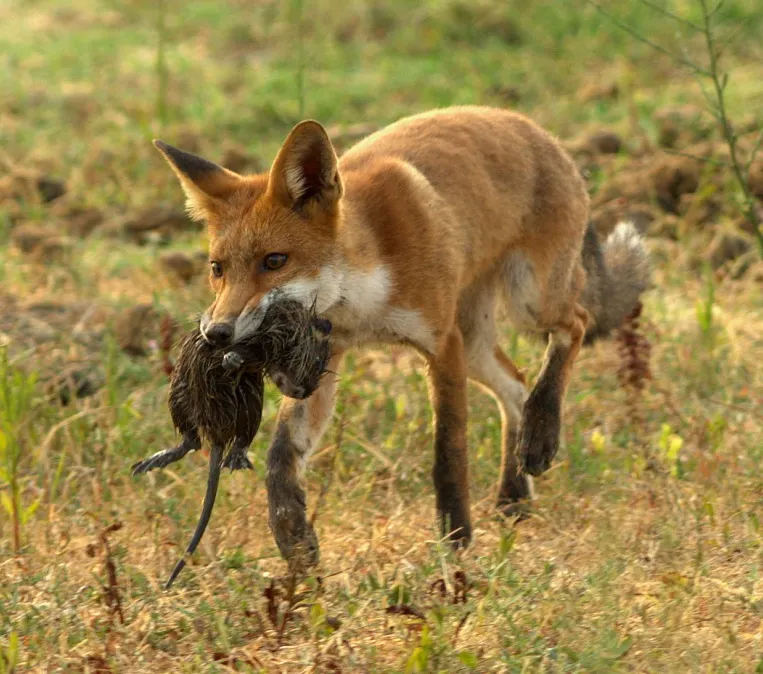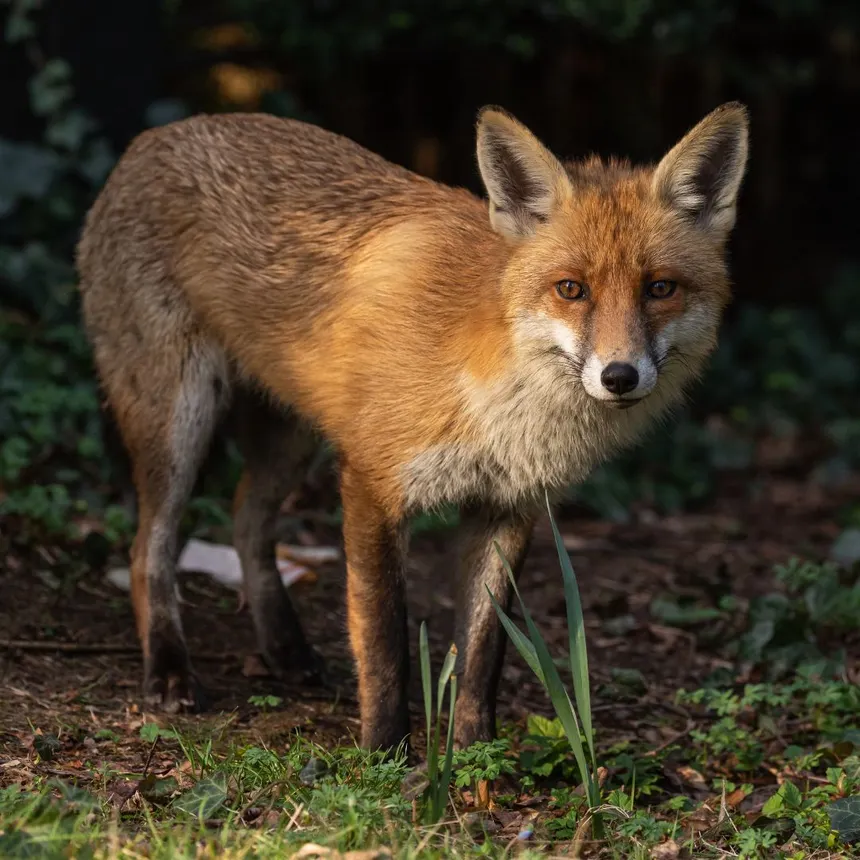12 Fascinating Facts About Foxes

Foxes are some of the most intriguing animals in the wild—graceful, cunning, and adaptable, they live on nearly every continent and have captured the human imagination for centuries. Belonging to the Canidae family (the same as wolves, dogs, and jackals), foxes are highly intelligent mammals known for their solitary nature, distinctive calls, and stunning beauty.
Here’s a deep dive into 12 fascinating facts about foxes, showcasing why these creatures continue to amaze scientists, storytellers, and wildlife enthusiasts alike.
1. 🦊 Foxes Are Found All Over the World
There are over 37 species of foxes, but the most common and widespread is the red fox (Vulpes vulpes). Foxes live in forests, grasslands, mountains, deserts, Arctic tundra, and even urban areas. Their global distribution is a testament to their incredible adaptability.
2. 🌙 They Are Primarily Nocturnal
Foxes are mostly nocturnal, which means they’re most active at night. They hunt in the dark using their excellent hearing and keen eyesight, although some foxes may be seen during daylight hours—especially in areas where they feel safe from predators or human interference.
3. 👂 Foxes Have Remarkable Hearing
A fox’s ears aren’t just cute—they’re highly functional. Foxes can hear a watch ticking from 40 yards away and detect small rodents moving underground. Their large, upright ears help them pinpoint the direction of sounds, making them efficient hunters even in complete darkness.
4. 🎤 Foxes Communicate With Over 40 Different Sounds
Foxes are extremely vocal and can make over 40 unique sounds, including yips, howls, barks, and screams. One of their most famous calls is the “vixen’s scream,” a high-pitched shriek used by females (vixens) during mating season.

5. 🧠 They Are Incredibly Intelligent
Foxes are widely considered one of the smartest animals in the wild. They’re capable of problem-solving, planning, and adapting behavior to suit their environment. In fact, in many cultures, the fox is portrayed as a symbol of cunning and cleverness for good reason.
6. 🧬 They Belong to the Dog Family, But Act More Like Cats
Though foxes are members of the Canidae (dog) family, many of their behaviors are cat-like:
- They stalk prey silently, like a feline
- They use vertical-slit pupils, similar to cats
- They climb trees and play with objects like domestic cats
This unique blend of dog and cat traits gives foxes a hybrid personality that sets them apart from most other canids.
7. 🐾 They Use the Earth’s Magnetic Field to Hunt
Foxes may be one of the few mammals that use magnetoreception to hunt. Studies suggest that red foxes align themselves northeast when pouncing on hidden prey, using Earth’s magnetic field to judge distance and direction—a behavior rarely seen in land mammals.
8. 👶 Baby Foxes Are Called Kits, Cubs, or Pups
Newborn foxes are blind, deaf, and completely dependent on their mother. They are born in dens and are called:
- Kits
- Cubs
- Or Pups
A group of foxes is called a leash, skulk, or earth, depending on the region.
9. 🌍 Arctic Foxes Have Built-In Winter Survival Gear
The Arctic fox is built for extreme cold. It has:
- A thick, warm coat that changes color with the seasons (white in winter, brown/gray in summer)
- Fur-covered feet for walking on snow
- The ability to survive temperatures as low as -50°C (-58°F)
It’s an example of extreme evolutionary adaptation to a harsh environment.
10. 🏙️ Foxes Are Thriving in Cities
Unlike many wild animals, foxes adapt well to urban life. Red foxes, in particular, are found in cities like London, Tokyo, and Chicago, where they scavenge garbage, live in parks or abandoned buildings, and even raise young in backyards.
Urban foxes are more active during the day than their rural counterparts, a shift caused by adapting to human schedules and safer city environments.
11. 🍽️ They Are Omnivores With a Varied Diet
Foxes eat both meat and plants. Their opportunistic diet includes:
- Rodents
- Birds
- Insects
- Fruits
- Eggs
- Berries
- Carrion
They even cache (hide) food for later use, burying surplus meat or storing it in snow or leaf piles.
12. 🦊 Foxes Have Been Domesticated (in Rare Cases)
In Russia, scientists have selectively bred foxes for tameness over multiple generations. These domesticated silver foxes display dog-like behaviors, wagging tails, licking hands, and even barking. However, wild foxes are not good pets—they are mischievous, smelly, and difficult to house-train.
📌 Summary Table: Quick Fox Facts
| Trait | Details |
|---|---|
| Species | 37+ globally (Red Fox most common) |
| Family | Canidae (dog family) |
| Habitat | Forests, deserts, mountains, cities |
| Diet | Omnivore |
| Lifespan | 2–5 years in wild, up to 14 in captivity |
| Unique Abilities | Magnetoreception, tree climbing, vocalizations |
| Behavior | Solitary, nocturnal, intelligent, adaptable |

🦊 Final Thought
Foxes are among nature’s most versatile and captivating animals. With their unmatched blend of cunning, intelligence, beauty, and adaptability, they continue to thrive in the wild and coexist with humans in surprising ways. Whether they’re pouncing on prey in the snow or trotting through an alley at night, foxes remain a symbol of wild charm and clever survival.



